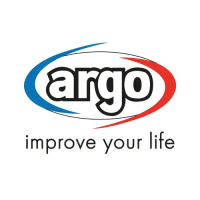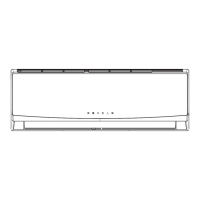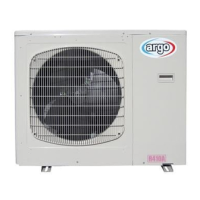Why does my Argo AEI 35 AH Air Conditioner stop suddenly during operation?
- MMichael SmithAug 4, 2025
The Argo Air Conditioner may stop suddenly during operation because the system is susceptible to noise. To address this, insulate for noise, increase the distance from the noise source, use shielded wires, or move the unit away from the noise source.



